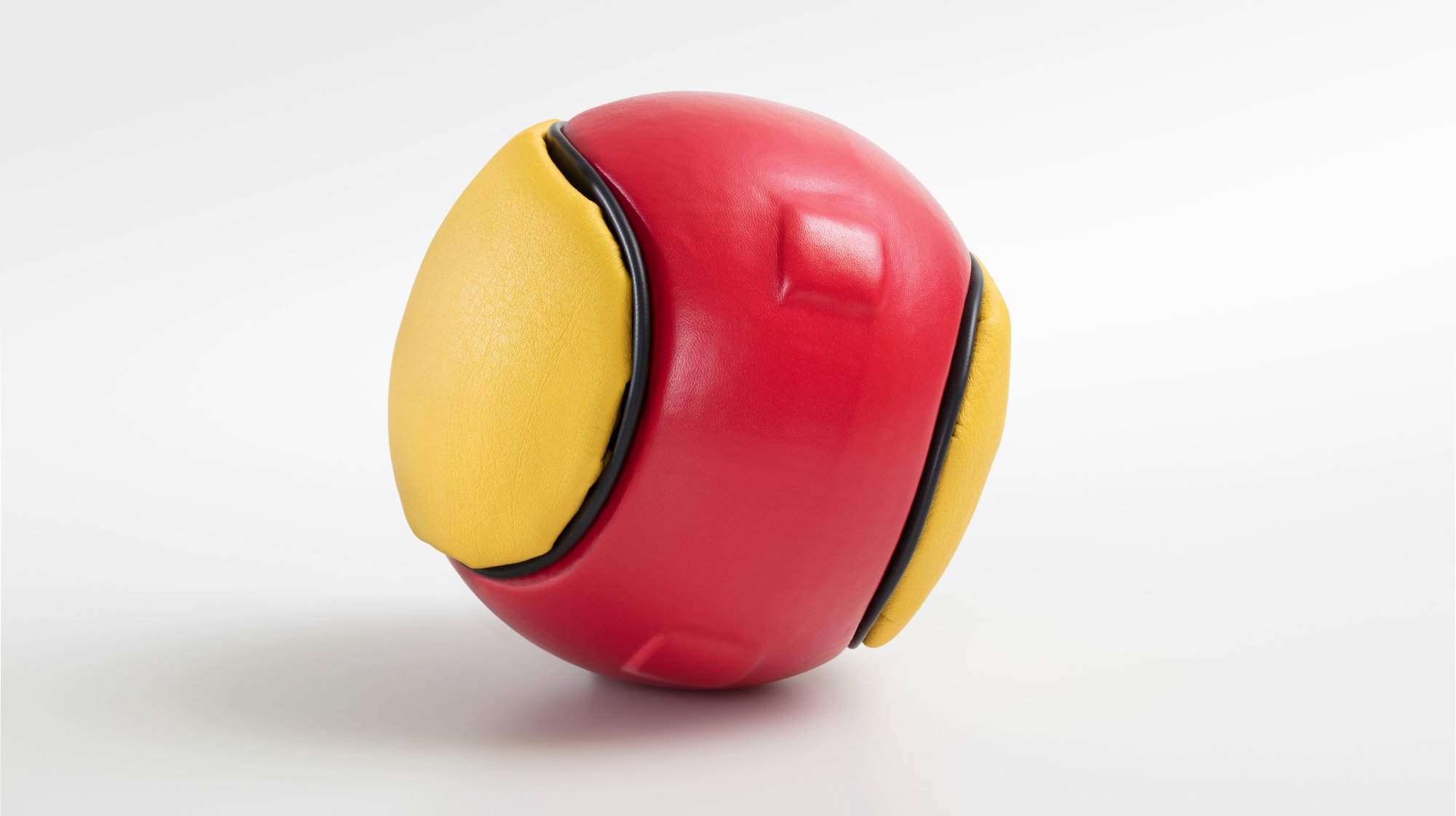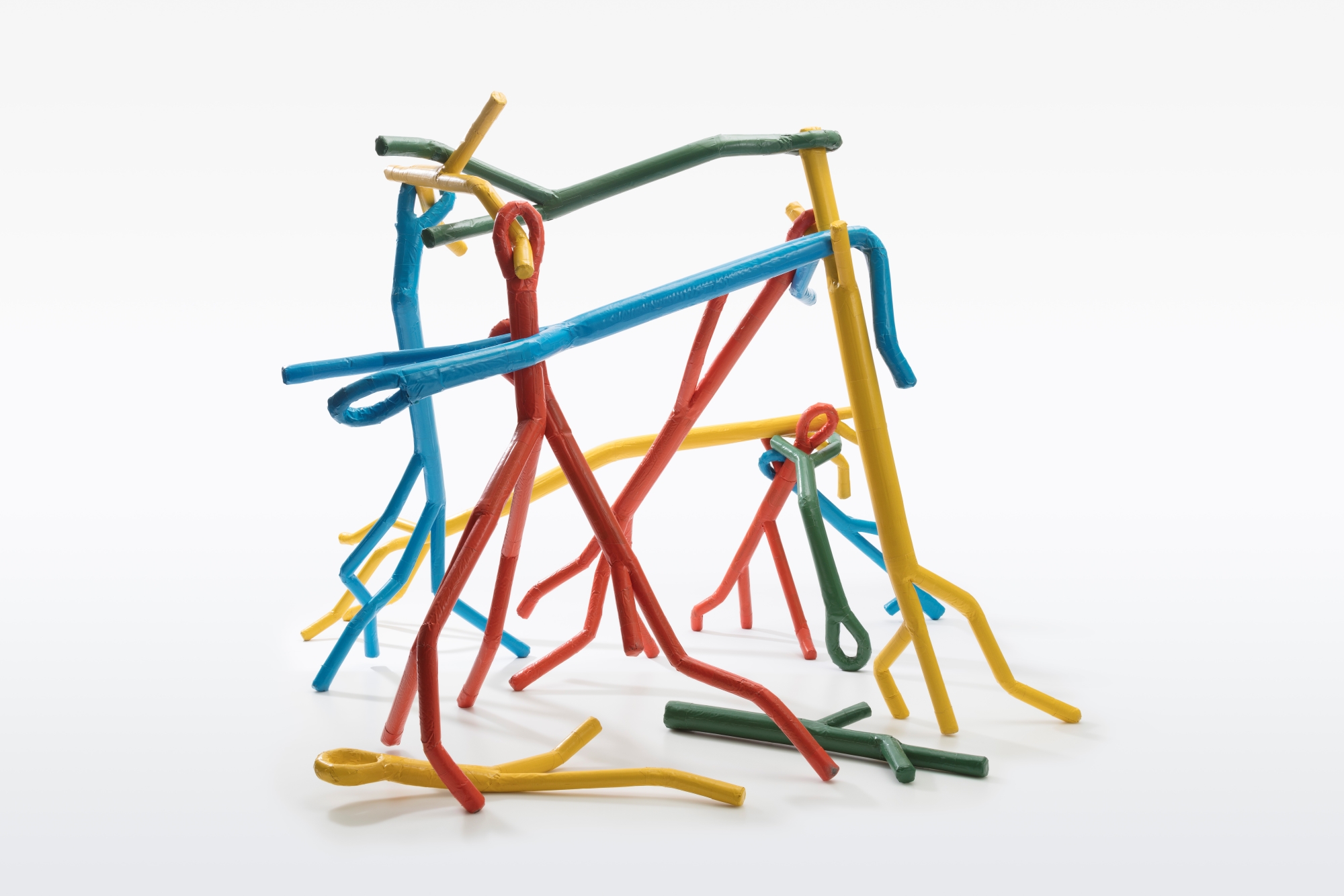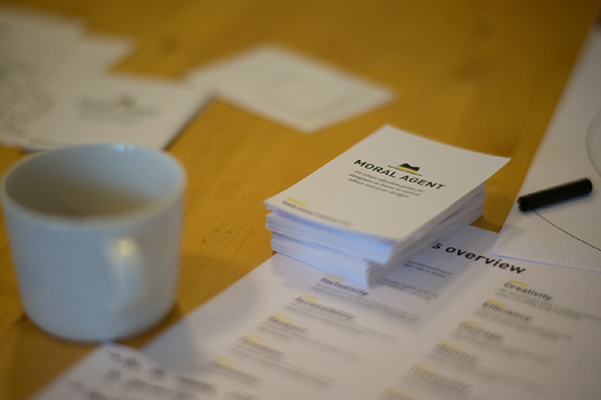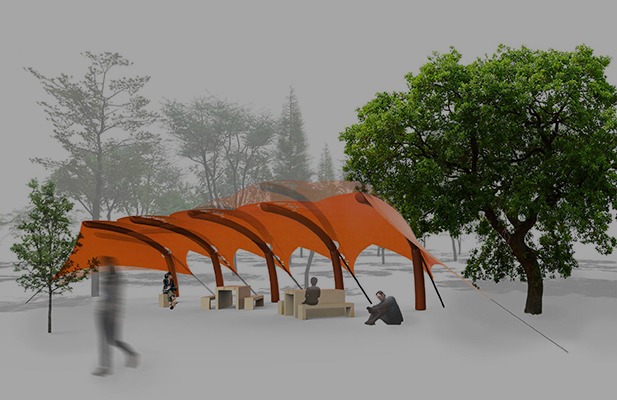In this PhD project we are interested in what stimulates young children to engage in physical play in hospital settings. The research, in its current stage, focuses on young children with cancer. When hospitalised, children often show low levels of physical activity. Increasing these levels can positively affect the child and family both experientially and developmentally.
As part of the project we are developing a design perspective called ‘Playscapes’, hinting at children’s perception of their direct environment as potential ‘landscape for play’. Playscapes is inspired by young children’s outdoor play, which typically involves a high amount of physical activity. The design perspective accounts for three main qualities: free play (play that is spontaneous, self-directed, unstructured), bodily play (play that involves a diversity of gross motor movements) and dispersed play (play that is dispersed and beyond the boundaries of a predefined play area). We are gaining and sharing concrete insights on how to design for these qualities in hospital settings.
Boudewijn Boon
Marco Rozendaal
(Daily Supervisor)
Pieter Jan Stappers (Promotor)
Marry M. van den Heuvel-Eibrink
(Promotor, Princess Máxima
Center for pediatric oncology)
Janjaap van der Net
(External Advisor, Wilhelmina Children’s Hospital)
Two design examples that have resulted from Playscapes are ‘Fizzy’ and ‘Stickz’. Fizzy (this page) is a pro-active ball that wiggles to get your attention, rolls away when being approached, shakes when it is picked up, and purrs when being caressed. With this behavioural repertoire, Fizzy invites children to follow and play, while allowing the child to attach their own meaning to it (e.g. Fizzy as ball or creature). Stickz (next page) are soft branch-shaped objects which can be used to build various structures. As loose and connectable parts, Stickz invite dragging, carrying and building. The ambiguous shapes of Stickz and the creations children make with them, stimulate children’s imagination (e.g. a single Stick as a swordor a construction as a ’tent for nurse Amy’).


This PhD project uses a ‘Research through Design’ approach in which design actions and resulting prototypes play a central role in exploring a social phenomenon in real life settings. For example, the Fizzy prototype (previous page) was used to explore physical play in patient rooms, while Stickz (this page) were introduced to a semi-public waiting area in the hospital. With these efforts we are gaining rich insight into how the designs, children, parents, siblings and hospital staff play various roles in stimulating physical play.
The research is part of a project called ‘Meedoen=Groeien!’, in which we collaborate with the Princess Máxima Center for paediatric oncology and the Dutch Rehabilitation Fund. The project is unique in that it does not only aim to generate knowledge output, but also commercial design output. For example, a variant on Stickz is currently being developed further by an interior design agency for implementation in the Princess Máxima Center. Furthermore, the project has served as a design context for several graduation projects and courses such as Interactive Technology Design, Advanced Concept Design and the minor Interactive Environments.



